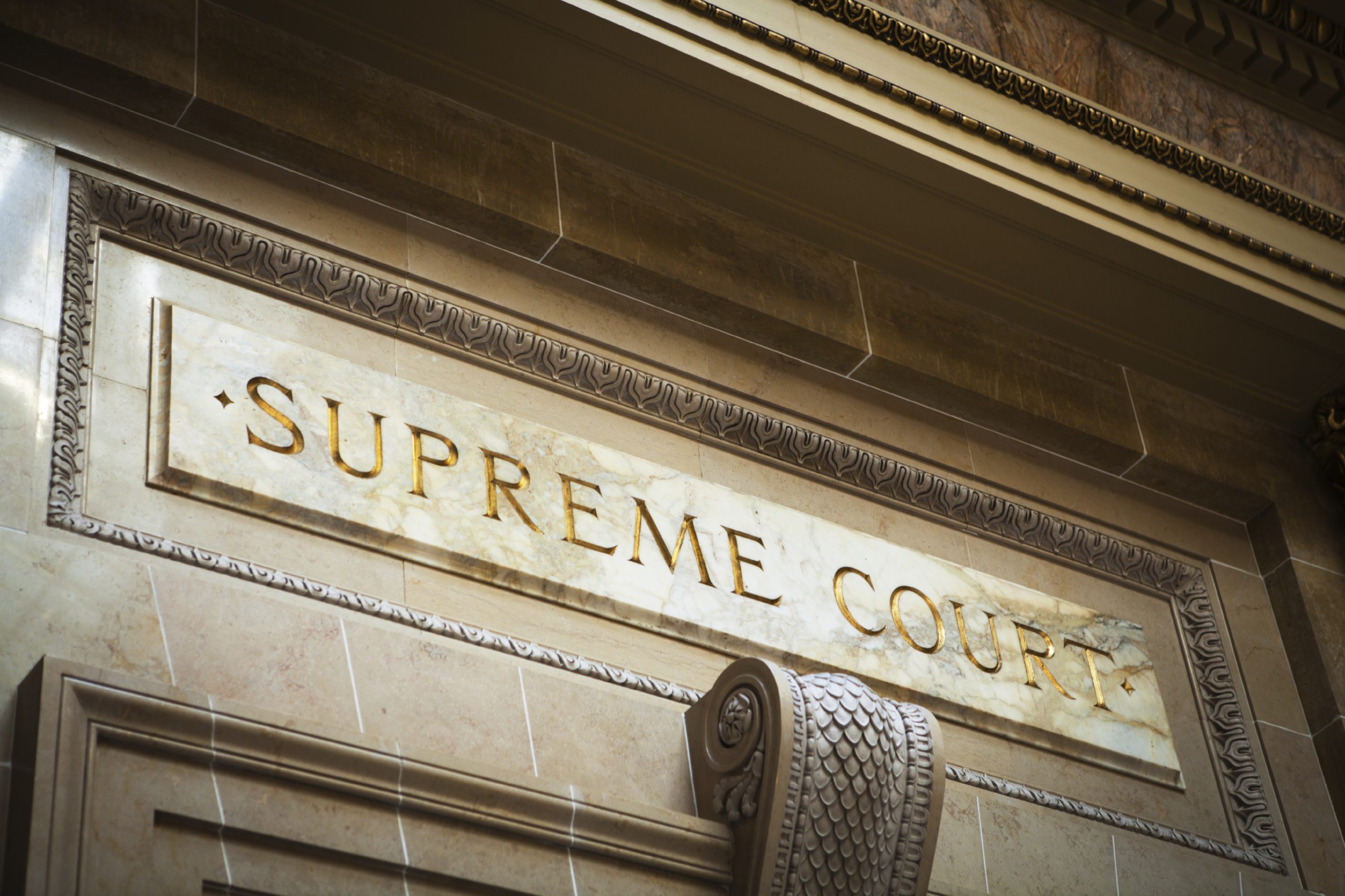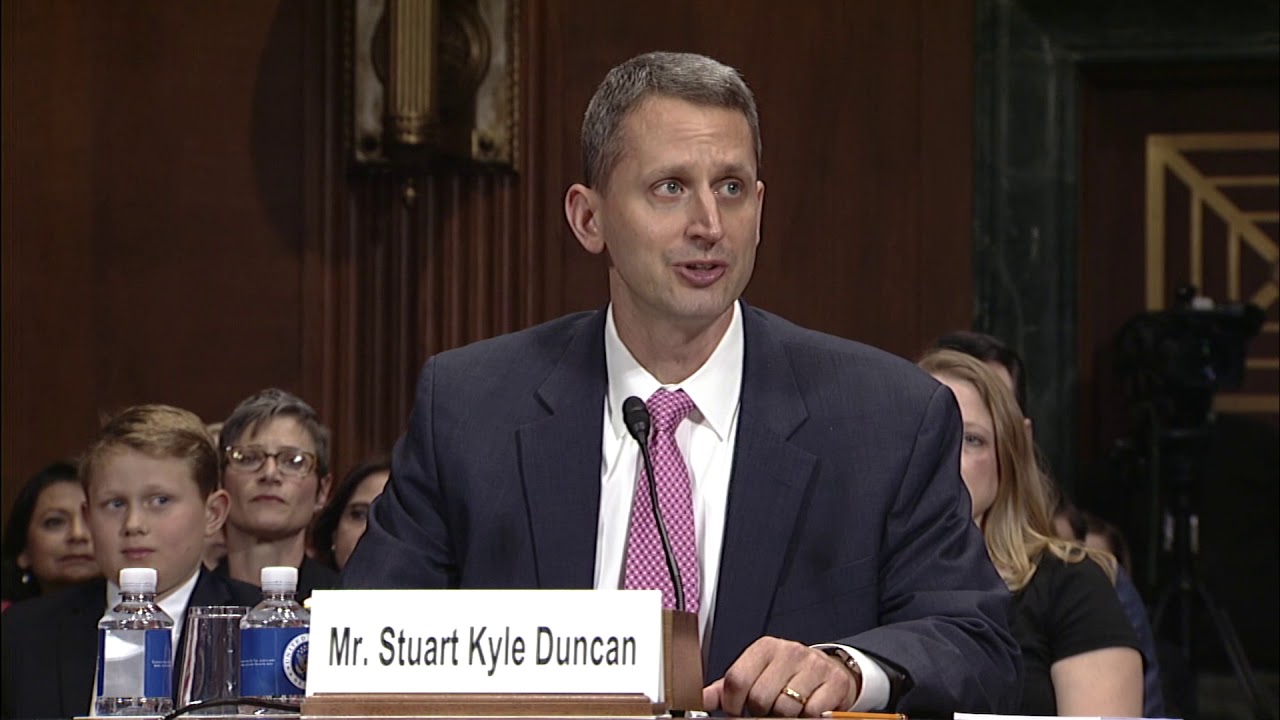Abortion rights, women of color, and LGBTQIA+ people are under attack. Pledge to join us in fighting for gender justice.
How Long Does it Take to Confirm a Judge? Less Time Than it Takes to Read This Post


This week marks the beginning of the Supreme Court term. The Court will begin this term shorthanded, hampering its ability to hear cases and make decisions. However, the Supreme Court isn’t the only court that doesn’t have enough judges right now. Currently, there are 92 federal judicial vacancies, including the vacancy on the Supreme Court. Even more seats will open up by the end of this year, as judges retire or take senior status. President Obama has nominated judges to fill 54 of these seats and 25 of those nominees have passed through the Judiciary Committee. However, Senate Majority Leader Mitch McConnell (R-KY) has refused to allow votes on any of these nominees.
Two of the nominees who have been waiting for a vote the longest–well over a year–are Julien Neals of New Jersey and Edward Stanton of Tennessee. Both of these men have the support of their state’s Senators and have been recommended by the Judiciary Committee. But when Senator Cory Booker (D-NJ) moved to hold a vote, McConnell proposed a counteroffer that excluded both of these men. Both of them happen to be African American men; they are the only African Americans on the list of the first fifteen judicial nominees awaiting Senate votes.
Senator McConnell has been offered multiple chances to bring these nominees to the floor for unanimous consent. In the time he has spent explaining why his party is blocking all court nominees, he could have confirmed most of these judges. For those unfamiliar with Senate procedure, unanimous consent allows the Senate to transact business quickly. If no Senator objects to a proposal, then it passes without requiring a more formal process where each Senator’s vote is tallied individually. Judges, especially nominees to district courts, are frequently confirmed in this manner. In September of 2008, at the end of President Bush’s term, the Senate confirmed ten judicial nominees in less than one minute of floor time.
Some people have argued that judicial nominations aren’t a priority. But the U.S. Court system has declared 35 of these vacancies judicial emergencies. These courts are too bogged down to move quickly through cases and people are waiting years for justice, simply because Republican Senators refuse to do their job. This Senate just finished with the longest summer break in history. But they rushed to leave Washington, DC last week and won’t be back until December, even though it would have taken just a few minutes to confirm judges for struggling courts. This week, the Supreme Court will open their 2016-17 term. Federal courts around the country continue to operate while short on judges. The Senate continuing to refuse to do their job prevents federal courts from around the country from doing the judiciary’s job.




